What Does Grade 2 Chondromalacia Mean
Chondromalacia patella knee pain is the softening and breakdown of the tissue cartilage on the underside of the kneecap patella. Chondromalacia patella is categorized into four stages depending upon its severity.
Subchondral signal loss due to bone sclerosis.

What does grade 2 chondromalacia mean. Grade 2 indicates a softening of the cartilage along with abnormal surface characteristics. Grade 1 severity indicates softening of the cartilage in the knee area. Chondromalacia is pain within a joint that has resulted from degeneration of cartilage and is involved with reduced joint function and mal-alignment.
The progression of the condition can be graded once the diagnosis is made. Grade 1 is softening of cartilage. Grade 4 the most severe grade indicates exposure of the bone with a significant portion of cartilage deteriorated.
Fragmentation and fissuring within soft areas of articular cartilage. I have grade 2 chondromalacia patella and grade 3 of the trochlear groove confirmed via arthroscopy. Entitlement to an increased disability rating greater than 10 percent for right knee strain with limitation of extension and osteoarthritis.
Pain results when the knee and the thigh bone femur rub together. Grade 2 indicates softening along with abnormal surface characteristics likely marking the beginning of tissue damage. Fissuring or scuffing of the cartilage is representative of this type of lesion Figs.
Grade 1 is the least severe and indicates some softening of the cartilage. Level of wear. Grade 3 is deep fissures in cartilage.
I am female aged 44. These lesions were all grade III in nature and were directly under the area of labral tearing for the extent of the labral lesion Fig 120 In addition 3 cases revealed ligamentum teres disruptions Fig 2. Partial thickness cartilage loss with fibrillation crab-meat appearance grade IV.
The most common way to treat symptoms of chondromalacia patella is to rest the knee. Entitlement to an increased disability rating greater than 20 percent for chondromalacia with patellar subluxation right knee. Also Know what is Grade 4 Chondrosis of the knee.
Chondromalacia mostly occurs in the sesamoid joints such as the knee joint chondromalacia patellae or the first metatarsal phalangeal joint Chondromalacia sesamoid. There is a grading system to help determine the severity of the chondromalacia patella. 511 and 512.
Grade II will have fissuring as well as softened areas. Patients with Grade 1 Chondromalacia typically experience pain with intense activity as the cartilage is not protecting the underlying bone as normal cartilage. Above criteria plus femoral head deformity.
Grade 3 is deep fissuring or disruption of cartilage that goes down to subchondral bone but the bone is not exposed Figs. Grade 1 indicates softening of the cartilage in the knee. Once the chondromalacia reaches grade III to grade IV an MRI scan can reliably diagnose chondromalacia patella about nine-tenths of the time.
At grade III the fissuring extends just short of the. This usually marks the beginning of tissue erosion. Does this qualify me for knee replacement.
Chondromalacia patella results from degeneration of cartilage due to poor alignment of the kneecap patella as it slides over the lower end of the thighbone femur. Two of these were in patients with MRI arthrograms and 1 was in an unenhanced study. Chondromalacia patella is one of the most common causes of chronic knee pain.
Partial-thickness cartilage loss with focal ulceration. Surgical replacement of the knee is the last resort. What does this mean and will i need a hip replacement.
Grade I is present if there is swelling and softening of the cartilage. These early changes indicate damage to the collagen that forms the structure of cartilage. Criteria of grade 1 and 2 plus indistinct zone between femoral head and acetabulum.
32 years experience Internal Medicine. I have just had hip arthroscopy for a labral tear and during the surgery it was discovered i had grade 4 chrondromalacia in the back of the hip and grade 2 in another part of the hip. Grade 4 is full thickness wear to.
Grade 2 indicates a softening of the cartilage along with abnormal surface characteristics. Grade 2 is fraying of cartilage. It is a cause of pain in the front of the knee anterior knee pain.
Dull aching pain andor a feeling of grinding when the knee is flexed may occur. 513 and 514. Grade 2 is superficial breakdown of the cartilage.
Blister-like swellingfraying of articular cartilage extending to surface. Indistinct trabeculae or signal intensity loss in femoral head and neck T1WI grade 3. Grade 2 Grade 2 indicates surface fibrillation or the cartilage having the appearance of shag carpet.
Grade 2 shows abnormal surface characteristics along with softening of the cartilage marking the beginning of tissue erosion. Regular exercise to decrease and maintain weight and to improve joint. Inhomogeneity with areas of high signal intensity in articular cartilage T2WI.

What Is Chondromalacia Dr Chris Jones Colorado Springs Co

What Is Chondromalacia Dr Chris Jones Colorado Springs Co

Runner S Knee Cmp Treatment And Symptoms Vivomed
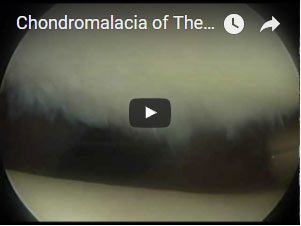
Chondromalacia Surgery Treatment Dr Likover
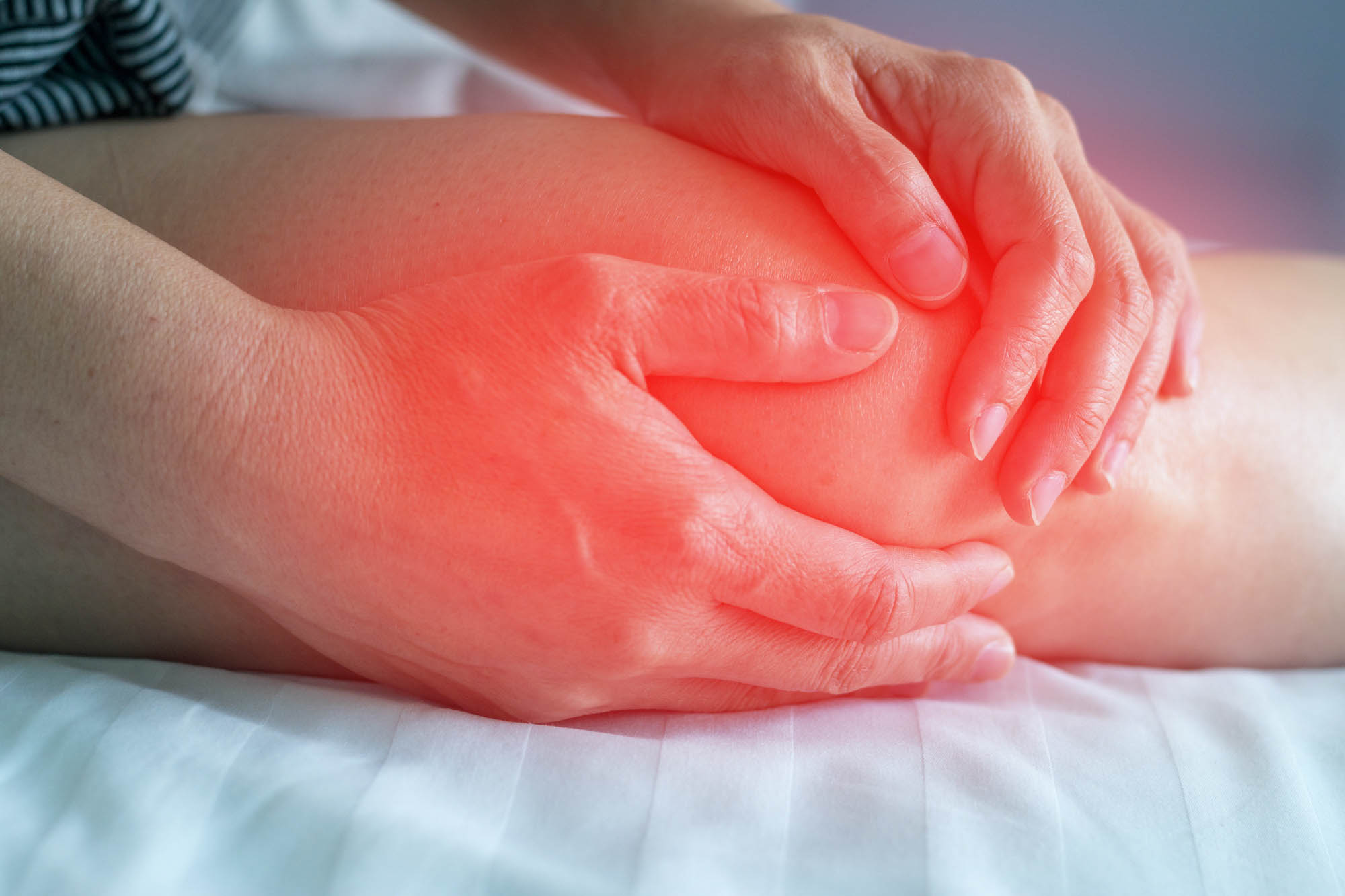
What Is Chondromalacia Dr Chris Jones Colorado Springs Co
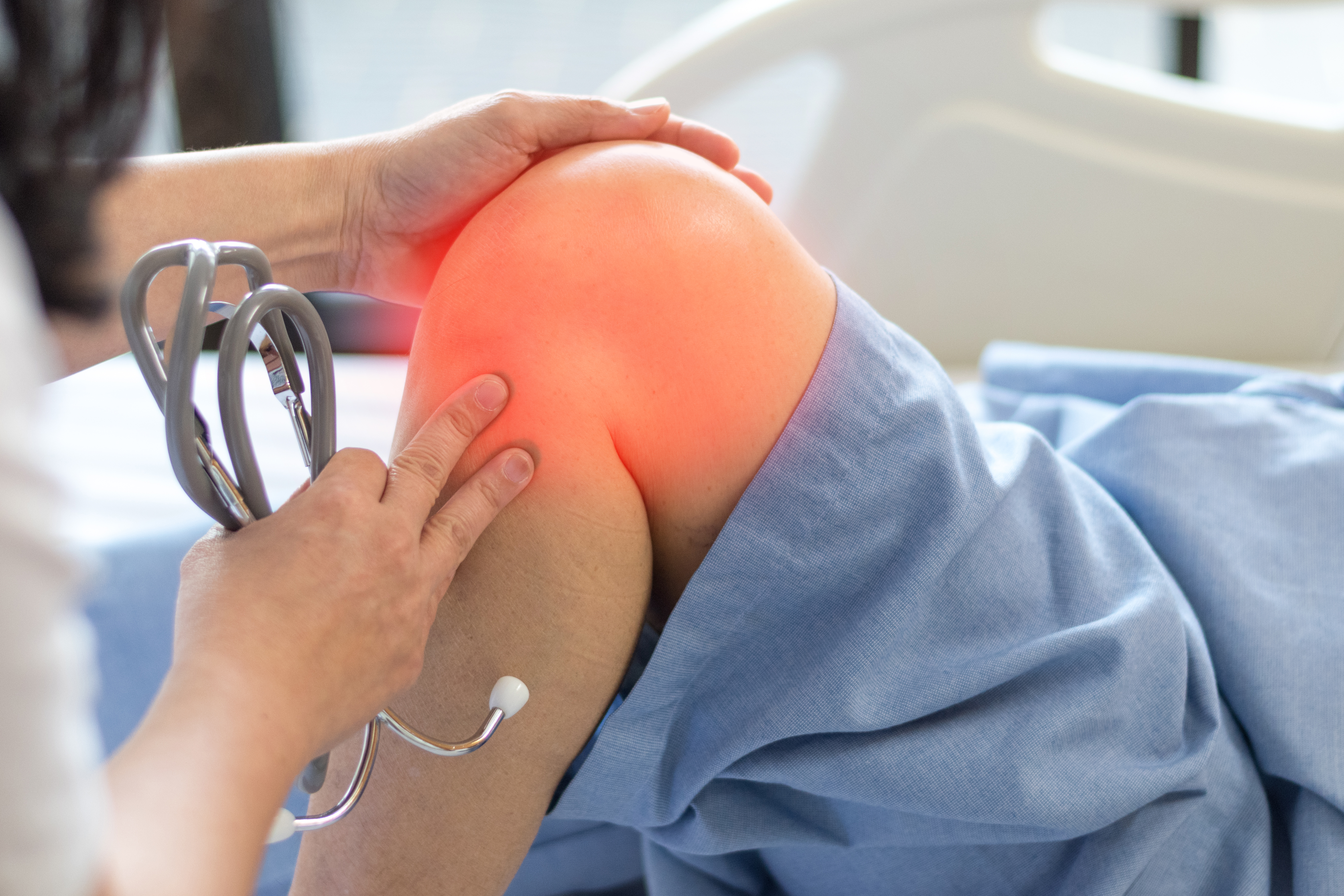
Chondromalacia Patella Grading System And Treatment Panther Sports Medicine
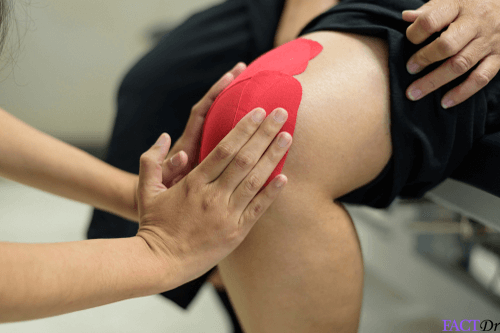
Chondromalacia Symptoms Causes Pain Treatment Measures Factdr

Chondromalacia The Knee And Shoulder Centers

Chondromalacia Symptoms Causes Treatment Exercises Cure
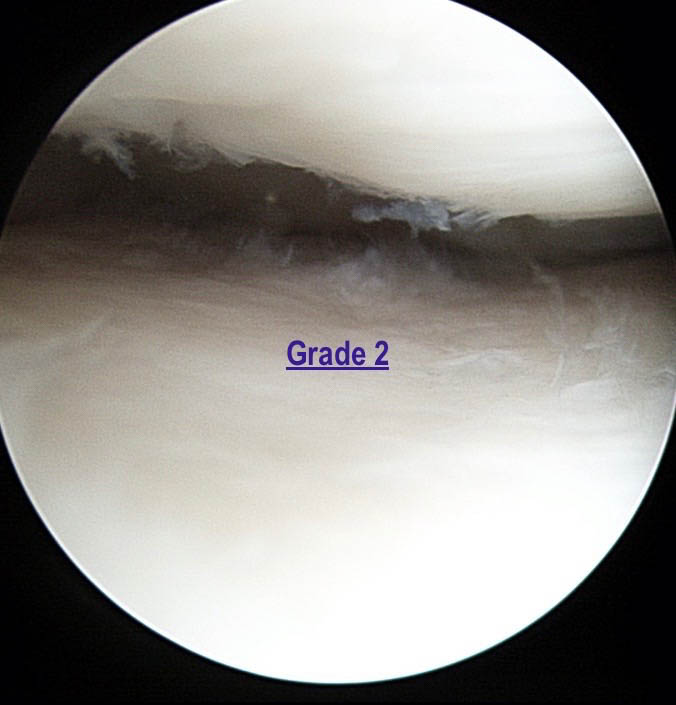
What Is Chondromalacia Dr Chris Jones Colorado Springs Co
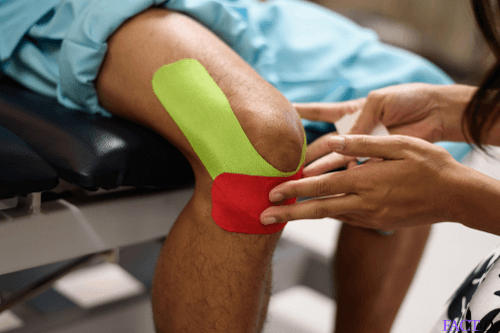
Chondromalacia Symptoms Causes Pain Treatment Measures Factdr

5 Exercises To Defeat Chondromalacia Patella And 3 To Avoid

What Is Chondromalacia Patellae
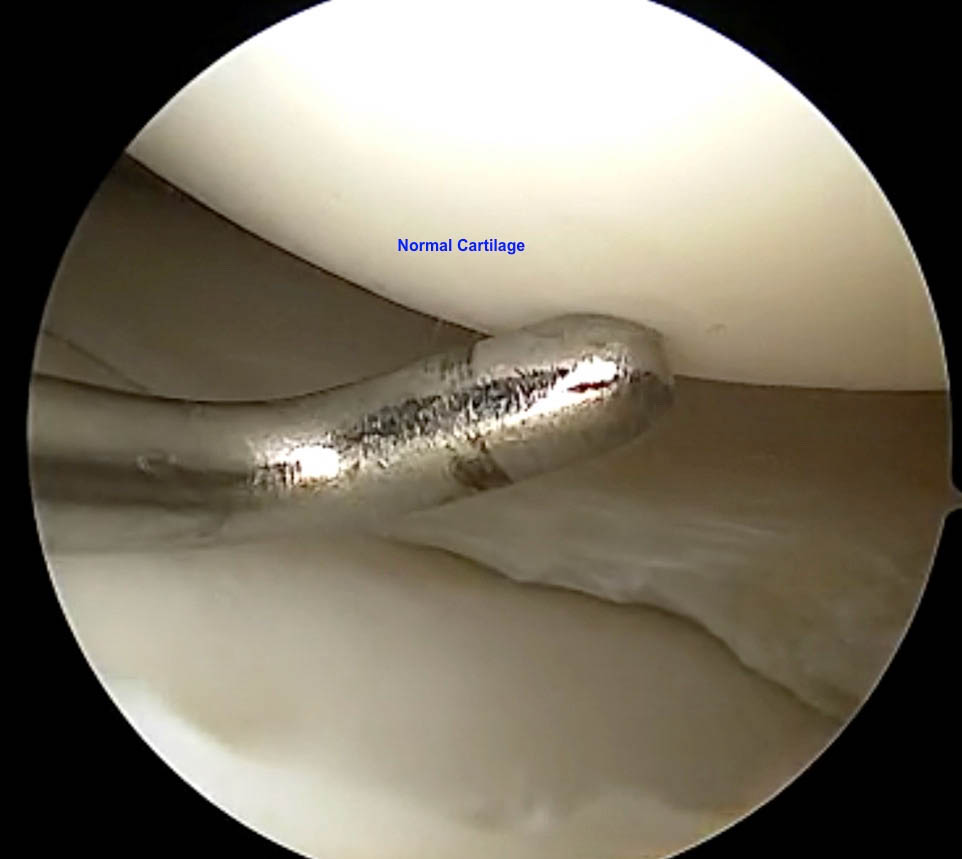
What Is Chondromalacia Dr Chris Jones Colorado Springs Co

How To Prevent Chondromalacia Patellae Chondromalacia Patellae Chondromalacia Chondromalacia Patella Exercises
Knee Pain Chondromalacia Patella Causes Symptoms Treatment

Chondromalacia Grading Radiology Case Radiopaedia Org

